#thailand
Number One In Pickup Sales Per Capita? It's Not Who You Think
Well America may be the overall volume leader for pickup truck sales, the per-capita title belongs to Thailand, and they prefer a different flavor of truck as well.
GM Debuts Diesel Manual Body-On-Frame SUV Despite Giving Us The Astra
Even though the gods of the Ren Cen saw fit to deliver us the Opel Astra, the capricious and jealous Dan Akerson still managed to deny his Chosen Ones the elusive diesel/manual body-on-frame SUV, leaving the faithful to wallow in a sea of front-drive, car-based gasoline powered crossovers that nobody ever buys. Ever.
GM and Isuzu In Bed Again?
Uh oh. Here we go again. GM apparently wants a 10 percent stake in Isuzu to build commercial vehicles.
Mitusbishi Mirage: Yes For Canada, Maybe For America
Looks like I have my work cut out for me yet again; the new Mitsubishi Mirage will be coming to Canada, but Mitsubishi may not bring their new small car to the United States. Yes, I’ll take time to review it.
Six Months Later, Honda Reopens Flood-Stricken Thai Plant
Honda, along with other Japanese carmakers, recovered within weeks from a devastating earthquake , tsunami and nuclear meltdown. Nevertheless, Monday morning production strategists pestered the Japanese why they had not relocated to safer grounds. It took Honda half a year to recover from a killer flood that had inundated those safer grounds.
Global Strikes Back: Honda Halts Production In Taiwan Because of Flood In Thailand
After the tsunami had hit Japan, Monday morning production experts said that production must be spread over many places in the world, just to be safe. Mention this to people at Honda, and they’ll strangle you in a polite Japanese way.
The Nikkei [sub] writes that Honda will temporarily shut down its plant in Taiwan, because it is lacking parts coming from Thailand. Honda says:
Japanese Carmakers Emerging From The Thai Flood
Japanese automakers in Thailand are resuming production in the inundated country, all except Honda.
Toyota To Resume Thai Production, Honda Remains Closed
Toyota announced today that it will resume production in Thailand on November 21. Full scale production probably is a while away. At a visit to Thailand, Toyota CEO Akio Toyoda said that “Toyota is starting to get a firm grasp of the situation and would like to restart production as soon as possible.” This does not mean that it is business as usual yet.
Toyota Wants To Learn From Nissan
None of the approximately 100 journalists that packed Toyota’s basement meeting room in Tokyo today was surprised when the midterm results of the current fiscal year were announced, and there was an operating loss of 32.6 billion yen ($417 million). The loss was a little higher than expected, but expected it was. If you lose 689,000 units in sales, then you are bound to lose some money. The surprise came in the form of an unexpected new benchmark: Nissan.
Thai Floods Reach Japan
The Nikkei [sub] says that Toyota’s production in Japan “is being paralyzed by the parts shortage caused by the severe flooding in Thailand, with assembly lines for 20 models to grind to a halt.”
According to the wire service, four minivan models already stopped rolling off the lines, with 16 more models to follow while Japanese plants wait for parts such as electronic components for audio equipment and gauges.
The Nikkei warns:
Thai Floods Drown Hopes For Fast Recovery Of Japanese Car Industry
The persistent floods in Thailand did cost Japanese automakers already close to 200,000 unbuilt vehicles, and no end of the floods is in sight. This is putting a severe crimp into the major push that was planned for the last quarter of 2011 and the fist quarter of 2012 to make up for lost production after the March 11 tsunami.
Here is a current tally by The Nikkei [sub].
Despite Dry Plants, Thai Floods Slow Toyota Production Around The World
Floodwaters in Thailand show no signs of receding, and continue to affect car production in Thailand and around the world. Toyota’s three Thai plants in Samrong, Gateway and Ban Pho are dry. They have been shut down for a lack of parts since October 10, and the closure will continue at least through November 12, Toyota says in a statement.
Thai Flood: Nissan Lucky Again
When the March 11 tsunami hit, Nissan was first to recover. This was caused by quick reaction and sheer luck. Now that Japanese carmakers are under water in Thailand, it looks like Nissan will emerge relatively unscathed again. The Nikkei [sub] reports that Nissan plans to resume partial production in Thailand from November 14.
2012 Honda CR-V: See It Now, Buy It… Later
Thai Flood Worse Than Earthquake, Tsunami, And Nuclear Meltdown
It took Honda factories just a few weeks to recover from the March 11 earthquake and tsunami that hit Japan with the force of 31,250 Hiroshima-Nagasaki nuclear bombs (if some scientists are right.) Once parts came in, all Honda factories were ready to make cars again. Now, Honda faces a more devastating disaster – caused by plain rainwater. Honda will have to keep its Thai factory closed for half a year once the flood waters recede, The Nikkei [sub] writes. Honda’s total production loss is expected to exceed 100,000 units, accounting for about 3 percent of Honda’s global output.
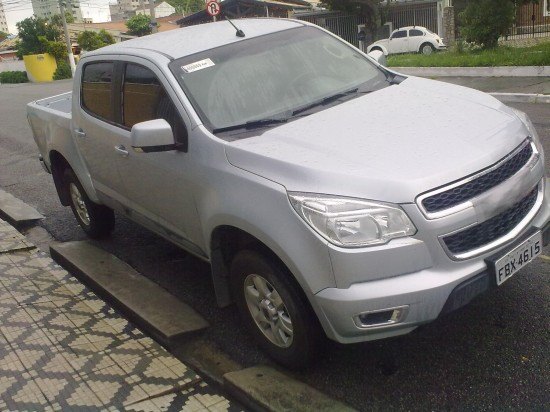
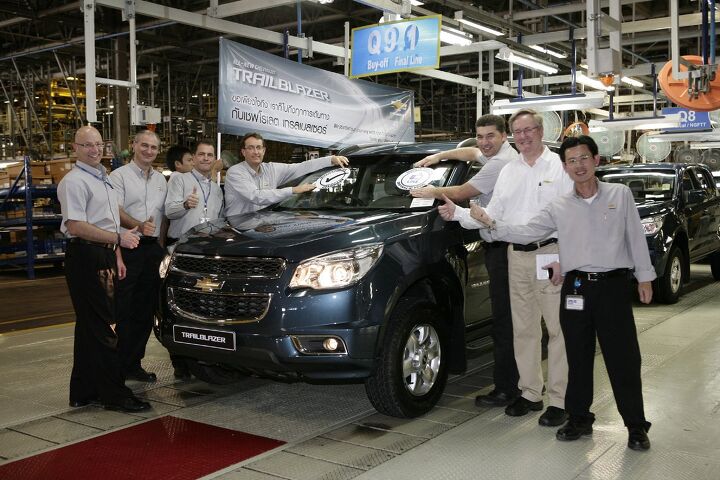


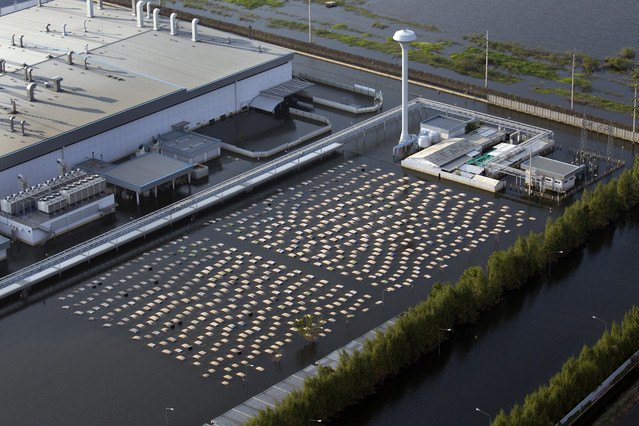



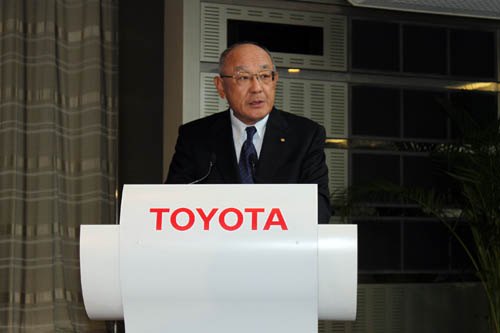

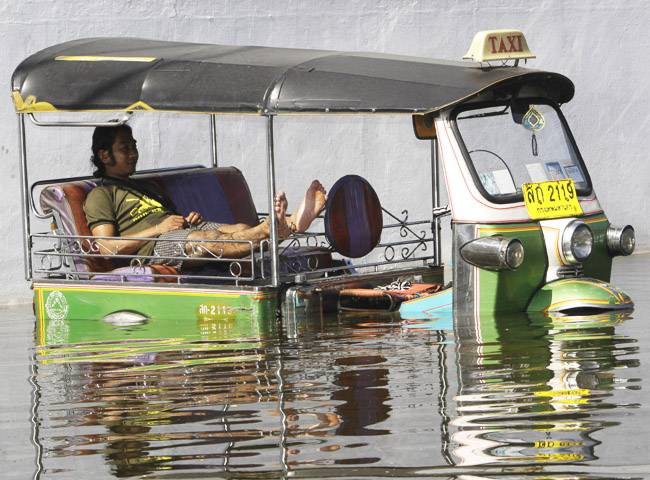
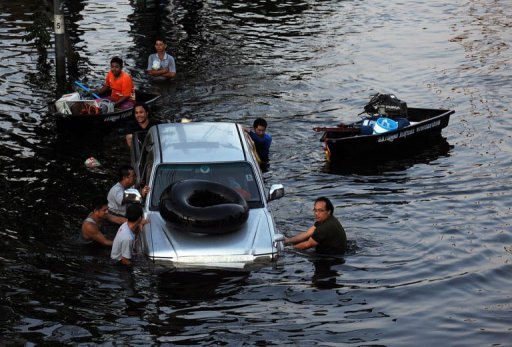
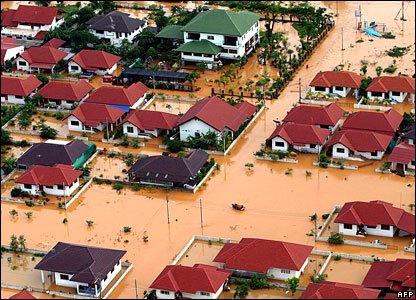














Recent Comments